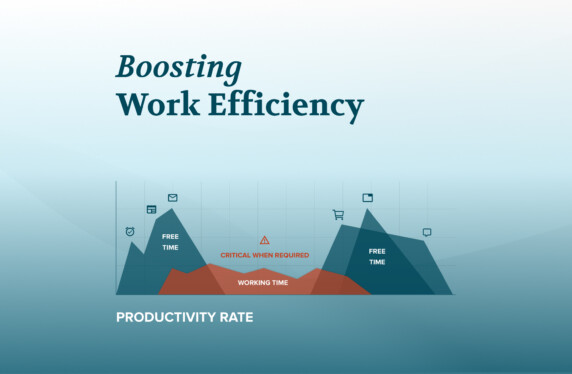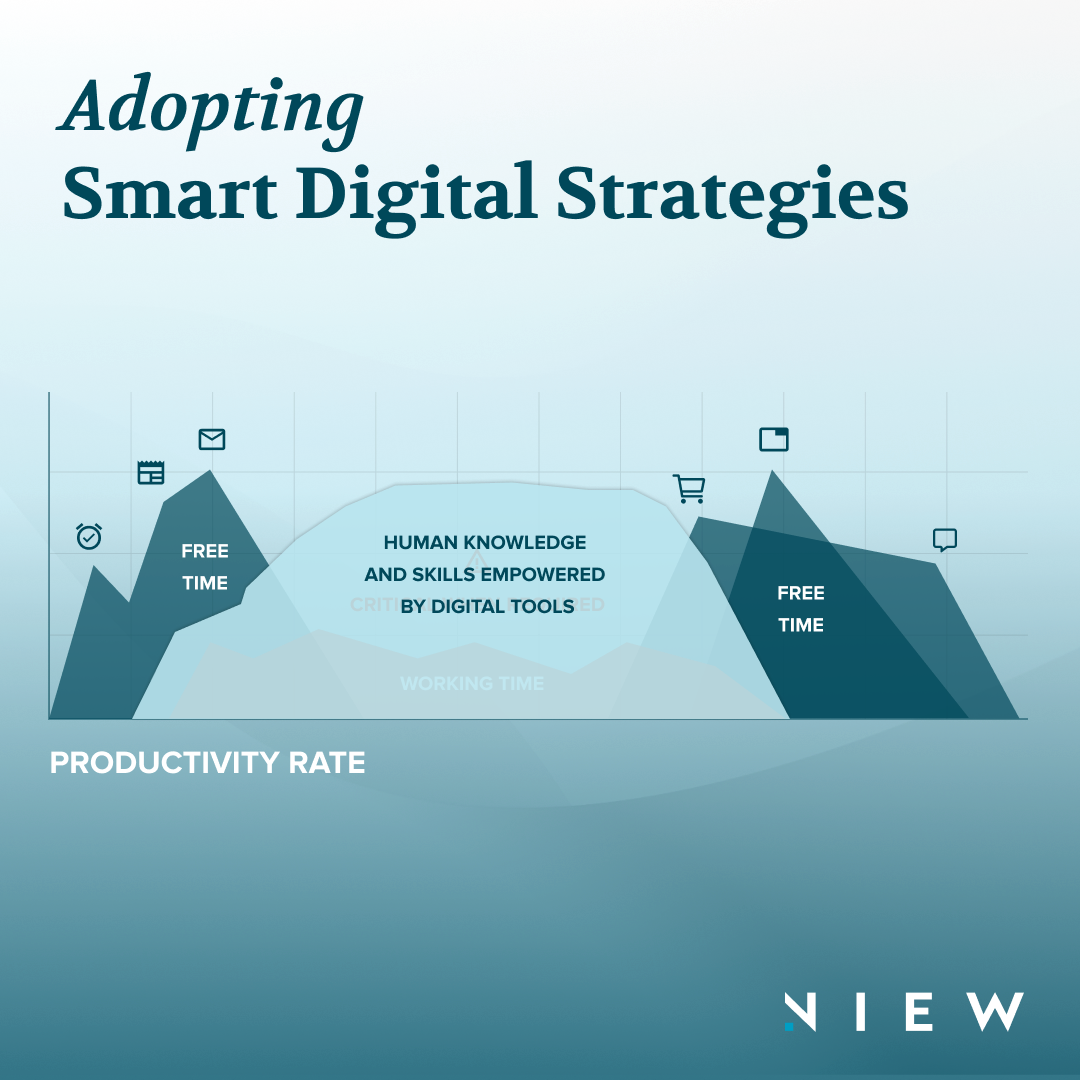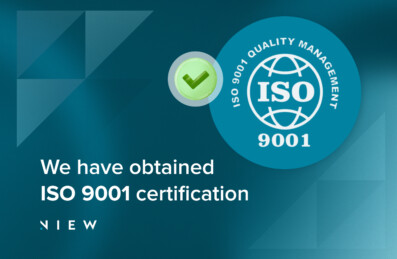

The productivity paradox in industry
In the industrial sector Companies are facing the so-called productivity paradox. It is a phenomenon that has emerged with increasing digitization that we’ve all faced at least once in our lives: it’s the typical case where the digital tools (software and apps) we use in professional life are unable to guarantee comparable user experiences to those we use in our private and leisure lives.
What exactly is this paradox due to? How is it generated?
In many cases companies implement digital solutions with the goal of improving operational efficiency and productivity. However, without a digital strategy and a design based on understanding the impact on business processes, habits, needs, and behaviors of their target audiences, these technologies can even generate the opposite effect (precisely paradox) and reduce productivity and effectiveness.
Effective adoption of digital technology
In fact one of the most underestimated aspects is building an innovation path that facilitates and supports user adoption of digital technologies. We’re all physiologically “resistant to change” and without proper engagement during the innovation process people will resist, even unknowingly, using new tools.
In addition, lack of integration between different solutions can create information silos and disconnected processes, further exacerbating the problem.

Our approach to Digital Adoption
Our approach is designed to ensure the success of corporate digitization initiatives and focuses on three key objectives:
achieve effective coverage of business requirements: each solution must address specific business needs, ensuring that it helps integrate and improve existing processes. The introduction of technology cannot go without an appropriate strategy that can assess the impact on operations and go-to-market models.
minimize risks associated with increased implementation costs: careful planning and management of digitization projects reduce the risk of unexpected costs and can ensure returns on investment. Involving all stakeholders during the innovation process reduces resistance and ensures that solutions are effectively integrated and leveraged, avoiding economic waste.
ensure that users adopt new technologies without problems or resistance: actively involving users in the digital selection and innovation process is crucial. Putting people at the center allows them to gather valuable feedback and design solutions that actually meet their needs. In this way, users feel part of the change and are more likely to adopt new technologies, making themselves confident and competent in their use.
Overcoming productivity paradox
Overcoming the productivity paradox therefore requires a strategic approach to Digital Adoption that goes beyond technology adoption. Digital solutions need to be smoothly integrated into business processes, taking into account the needs of all stakeholders.
This is the only way to turn the potential offered by digitization into real business competitive assets.







